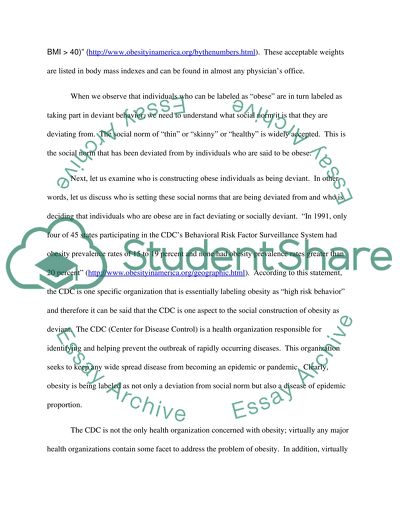Cite this document
(The Social Construction of Obesity as a Deviance Essay, n.d.)
The Social Construction of Obesity as a Deviance Essay. https://studentshare.org/health-sciences-medicine/1532870-the-social-construction-of-deviance
The Social Construction of Obesity as a Deviance Essay. https://studentshare.org/health-sciences-medicine/1532870-the-social-construction-of-deviance
(The Social Construction of Obesity As a Deviance Essay)
The Social Construction of Obesity As a Deviance Essay. https://studentshare.org/health-sciences-medicine/1532870-the-social-construction-of-deviance.
The Social Construction of Obesity As a Deviance Essay. https://studentshare.org/health-sciences-medicine/1532870-the-social-construction-of-deviance.
“The Social Construction of Obesity As a Deviance Essay”. https://studentshare.org/health-sciences-medicine/1532870-the-social-construction-of-deviance.


